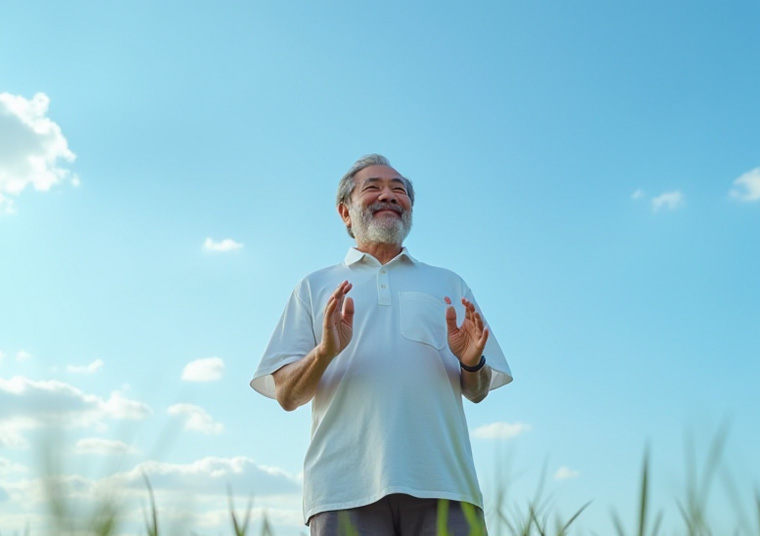 Go Back To Menu
Go Back To Menu

65-year-old Mr. Zhao began to feel a dull pain in both of his hip joints a year ago. At first, he thought it was normal for joints to feel uncomfortable with age, just a little "rusty." So, he didn’t pay much attention to it and continued his daily routine of going for walks and shopping for groceries, until the pain began to subtly intensify.
From initial discomfort, it progressed to severe pain after walking just a few steps, and eventually he had to lean on walls or objects to use the restroom or go down the stairs. He realized that this wasn’t just an "age" issue. One day, when looking in the mirror, he noticed that he was walking with an unconscious limp and that even his posture while standing had changed.
Although he didn’t experience obvious symptoms like leg numbness or weakness, the persistent discomfort in his hips was severely affecting his life. Mr. Zhao finally decided to seek medical help at United Life International Medical Center.
There, the medical team conducted a thorough physical examination and imaging evaluation, and gave a clear preliminary diagnosis: bilateral femoral head necrosis.
For Mr. Zhao, this was an unfamiliar and heavy term. The doctor patiently explained that femoral head necrosis is caused by restricted blood supply to the area, which leads to the gradual death of bone tissue. Without timely intervention, surgery or even joint replacement may be needed later.
However, fortunately, Mr. Zhao's condition was still in the early to mid-stages, and there was room for conservative reversal. The doctors at United Life International Medical Center designed a personalized "United Life 1+5+N Health Management" intervention plan, addressing his condition with five major systems:
First is joint regeneration and reconstruction, using PRP combined with stem cell therapy to activate the local repair potential of the femoral head; second is inflammation recovery and reconstruction, to eliminate chronic inflammation and reduce synovial irritation; next is movement rehabilitation and reconstruction, through personalized training to improve joint mobility and stability; during this, nutritional reconstruction is also provided by supplementing nutrients that promote bone tissue repair. There is also Traditional Chinese Medicine (TCM) reconstruction, combining herbal medicine and physical therapy to strengthen the body, expel pathogenic factors, and improve circulation.
During the treatment, Mr. Zhao followed a strict regimen of rehabilitation training, nutritional support, and TCM therapy, gradually adjusting his routine and diet.
Three months later, he was pleasantly surprised to find that his hip joints no longer hurt, he could walk steadily, and his limp had disappeared. He was able to do things he enjoyed before, like going downstairs to buy the newspaper in the morning, walking in the park in the afternoon, and even joining in the square dancing.
Follow-up imaging results were also encouraging: the blood supply to the femoral head had significantly improved, and no signs of further necrosis were found.
Mr. Zhao reflected, "Before, I was afraid to walk; now, I’m willing to take a few more steps. It turns out, as long as the method is correct, necrosis doesn’t have to be a dead end."